Me in my studio: Message To Bears
See the gear that Jerome Alexander uses to create his electronic folk soundscapes
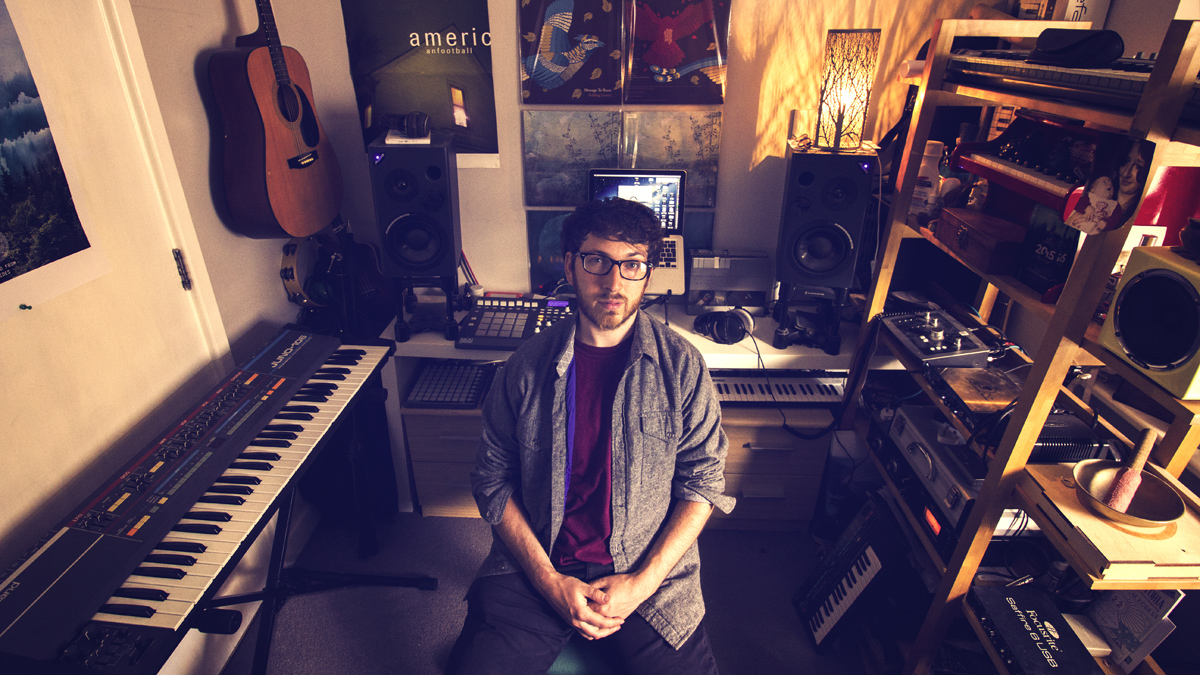
Welcome
Set to release his fourth album, Carved From Tides, on 1 July, Message To Bears (AKA Jerome Alexander) doesn’t distinguish between electronic and ‘real’ instruments, blending both to great effect as he marries folk stylings to ambitious, sometimes cinematic production.
“I recorded, produced and mixed my first three albums entirely at home, whilst my latest, Carved From Tides, was finished off at a nearby separate studio,” says Alexander. “I decided to do this purely for a change of scene, which was helpful for inspiration, and I got to see how the mixes translated in a more traditional studio setting.
“For the most part, though, I work at home, where I can have easy access to all my own gear and feel entirely comfortable without worrying about a ticking clock. I'm not a fan of clinical studio environments - I much prefer homeliness.”
Jerome took time out to photograph and tell us about his diverse collection of gear, which includes everything from an acoustic piano and guitar to a classic synth.
You can pre-order Carved From Tides on the Message To Bears website and follow Jerome on Facebook and Twitter.
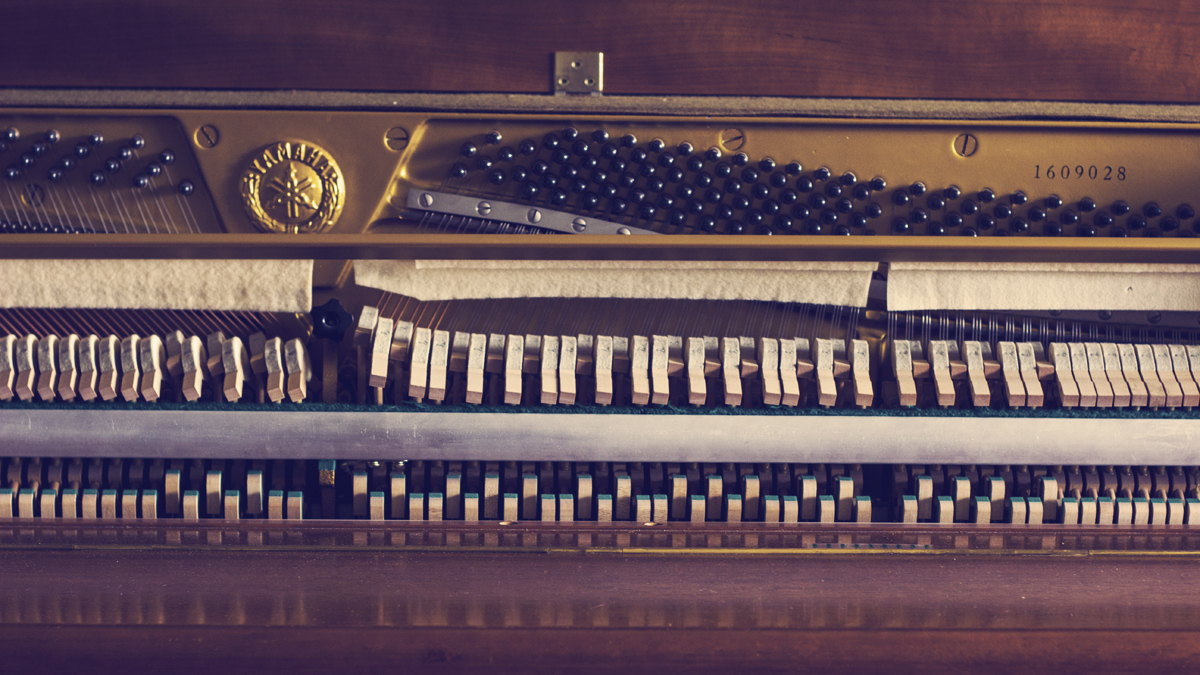
Piano
“There's nothing like playing a real piano. This is a Yamaha upright - I think from the ‘70s. It was found second-hand, seemingly untouched and in great condition. It now resides in my living room away from the rest of my studio gear so feels quite freeing to sit down and play.
“I often like to expose the hammers and soften the hits by placing material inside for a percussive and gentle timbre.”
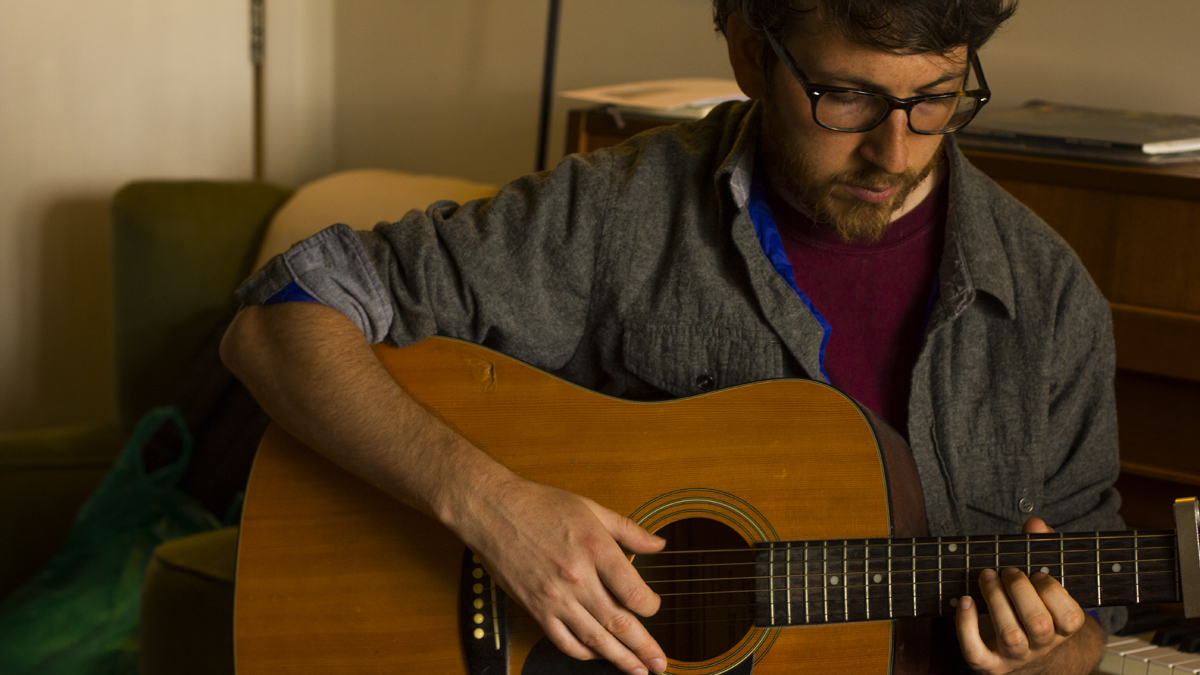
Guitar
“My first guitar; it's an inexpensive Tanglewood that I've had for maybe 15 years now. Every acoustic guitar part on all my albums has been written and recorded with this.
“It's got a massive dent in it from when a sound engineer dropped a chair on top of it just before I was about to play the biggest venue I've ever performed at (Queen Elizabeth Hall) and supporting one of my favourite artists (Olafur Arnalds), so that was memorable. It doesn't stay in tune too well nowadays but I can't let go of it.”
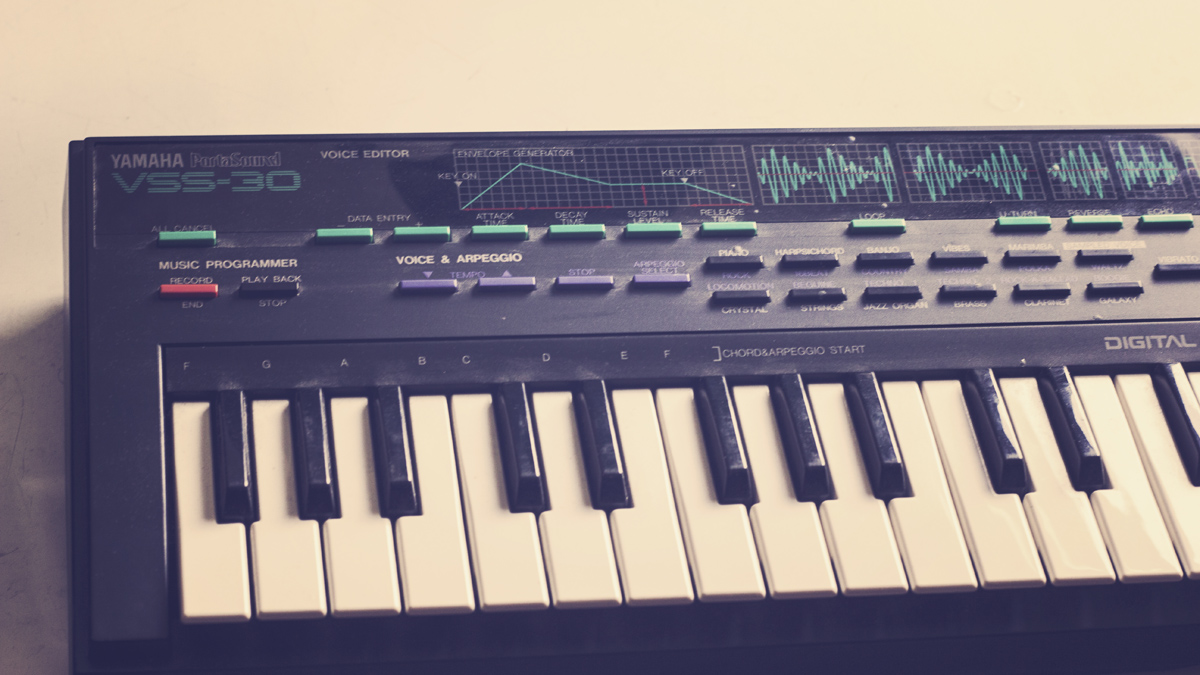
Yamaha VSS-30
“This little keyboard is one of the most inspirational pieces of kit I have. I just use it for the sampler, using the built-in mic to record my voice, instruments or even parts of a whole track.
“It's got an ASDR envelope to manipulate your recorded sample and also some really cool effects including reverse, echo and fuzz. The sound is so lo-fi and crunchy - it's really beautiful and you can create some amazing and unexpected textures.”
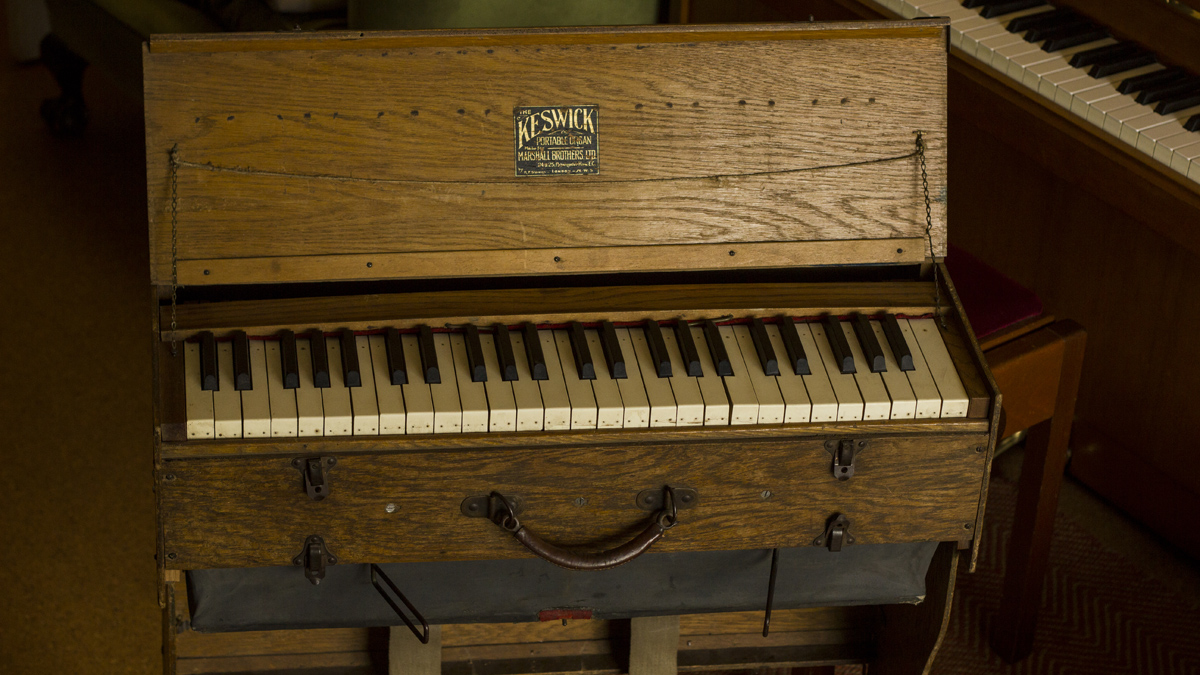
Harmonium
“This harmonium is my oldest and most beautiful instrument. I’m pretty sure it's an antique that was originally used by missionaries. It folds up into a box for ease of transportation.
“I originally found it on eBay, and then it took several months to get repaired into good working order by an organ restoration company. It’s great for drones and texture, and especially nice in score work.”
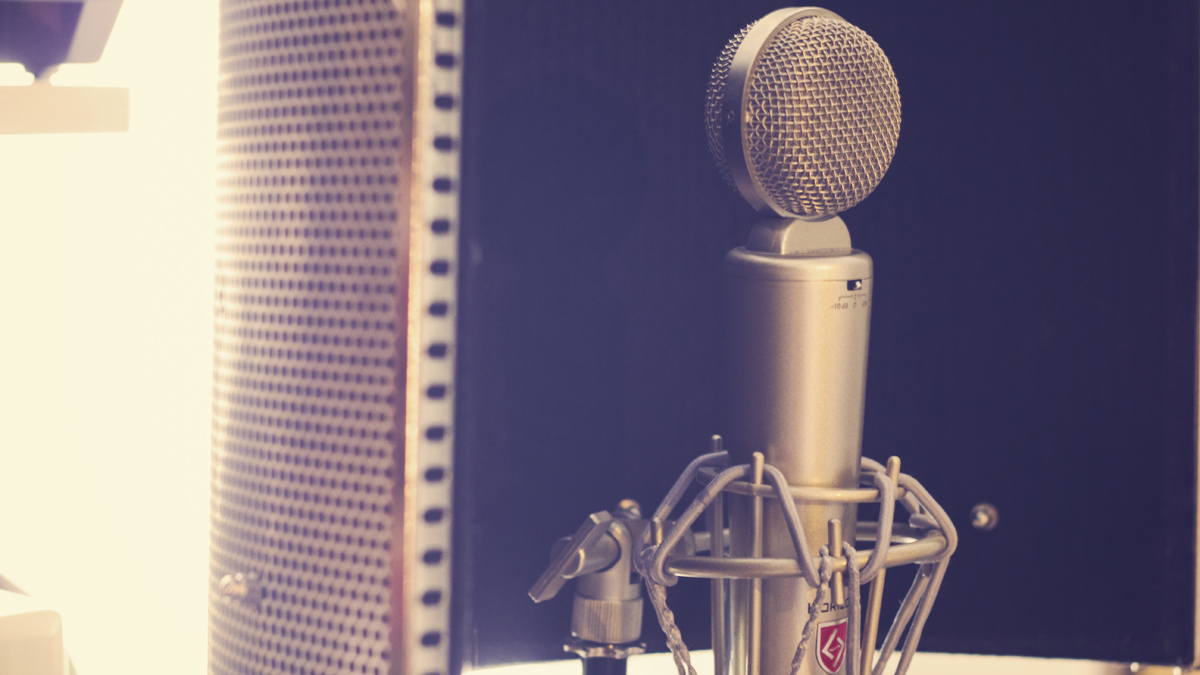
Lauten Audio Horizon
“My Lauten Audio Horizon tube mic. After my third album I thought it was time for a mic upgrade and wanted some tube flavour.
“I try and let it warm up for at least 30 minutes after plugging it in to get the most out of it. It sounds smooth and warm and has lots of clarity, too. It’s usually my first choice to use on vocals or guitar, depending on the song.”
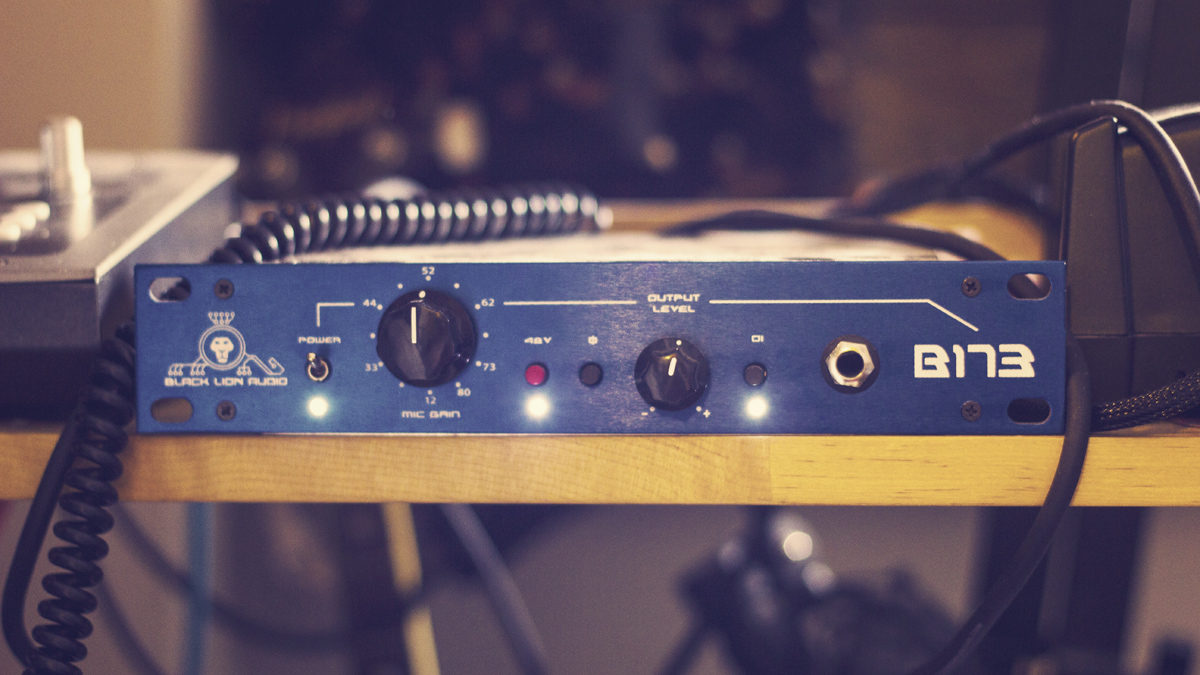
Black Lion B173
“Black Lion Audio does really cool gear at great prices, usually inspired by classic high-end gear.
“The B173 mic preamp was originally based on the Neve 1073, but with a modern edge. It sounds really sweet. It's creamy and kinda full sounding - a nice alternative to the very clean pres I have in my interface. Pretty much everything was recorded through this on the new album.”
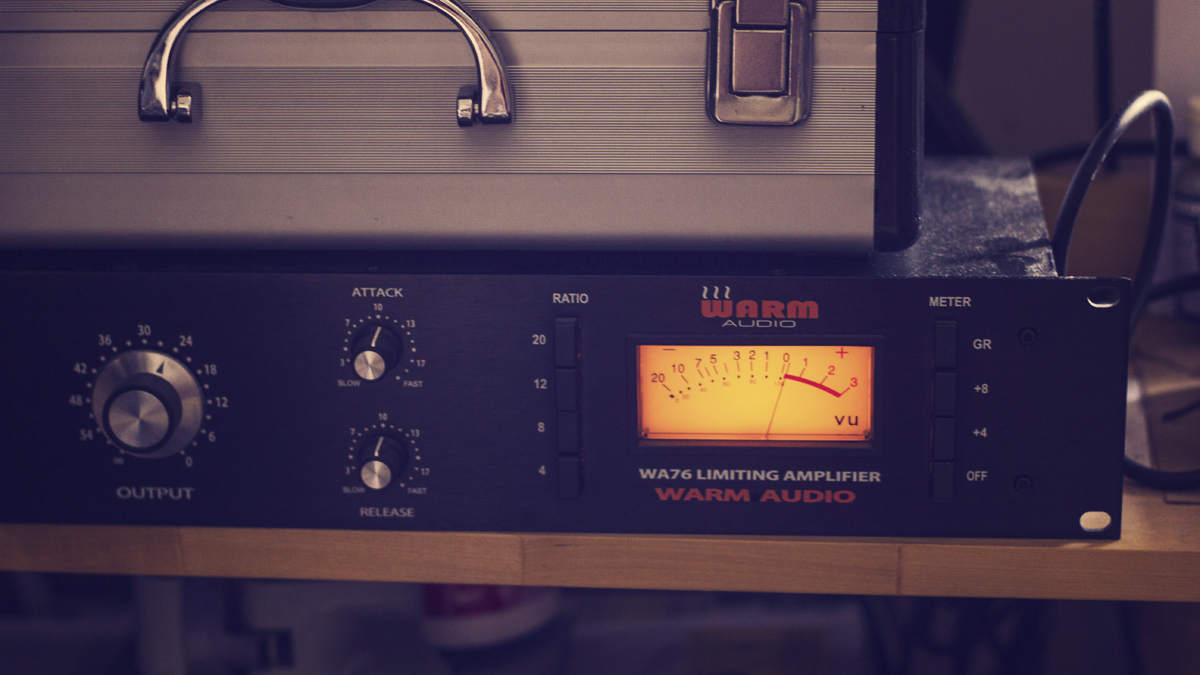
Warm Audio WA76
“Warm Audio is another cool company making modern gear inspired by classic equipment but at affordable prices.
“The WA76 is a clone of a 1176 FET compressor, the classic used on 100s of hit records. I use this modern reproduction for more analogue flavour when tracking; I like to get a juicy sound going in rather than trying to fix in the mix. It's very simple to use and has a wonderful vintage sound.”
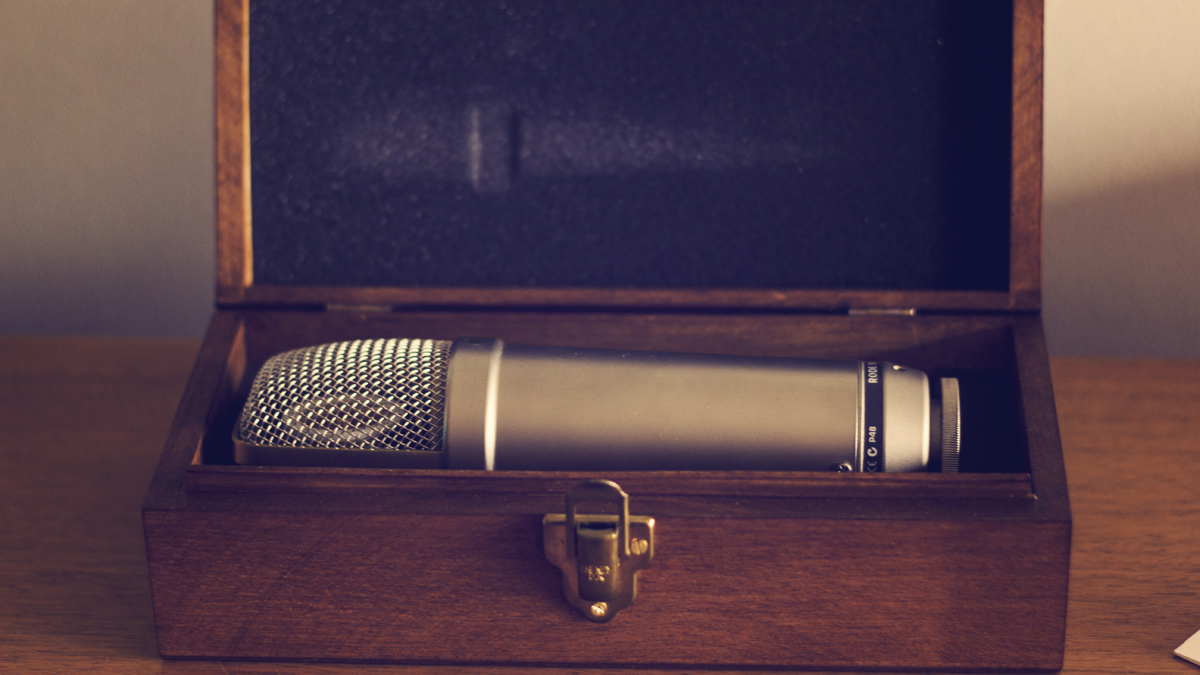
Modified Rode NT1-A
“This is a modified Rode NT1-A. I used the original for literally everything on my first three records. Then I heard about this guy in the states called Michael Joly who mods mics such as this one and turns them into different beasts.
“I didn't fancy shipping my mic to the US so found someone in the UK called Auditus Electronics who did what I think is the same mod, changing the capsule and swapping all the cheaper components for higher-end parts. The modded NT1a is supposedly now comparable to a U87.”
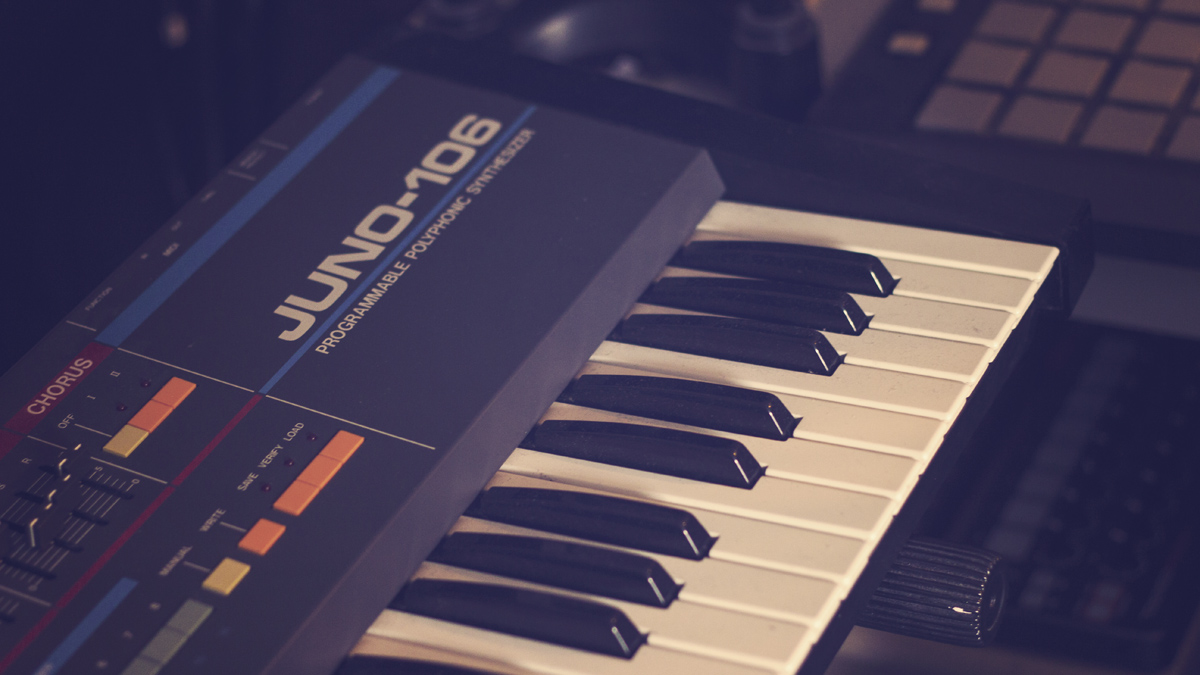
Roland Juno-106
“Everyone loves a Juno - it just sounds so damn nice. I use it mainly for organ-type sounds and pads. I’d wanted one ever since I heard and played a friend's 60, which was also my introduction to hardware synthesizers.
“The 106 sound is slightly different to the 60, but I love it and it has MIDI too. I'll sample individual notes into my DAW and then put them into the EXS24 sampler for further instrument options at later points. I lent it to my friend's musical theatre group for almost a year when they went on a world tour and I missed it too much. Never again!”

I’m the Deputy Editor of MusicRadar, having worked on the site since its launch in 2007. I previously spent eight years working on our sister magazine, Computer Music. I’ve been playing the piano, gigging in bands and failing to finish tracks at home for more than 30 years, 24 of which I’ve also spent writing about music and the ever-changing technology used to make it.